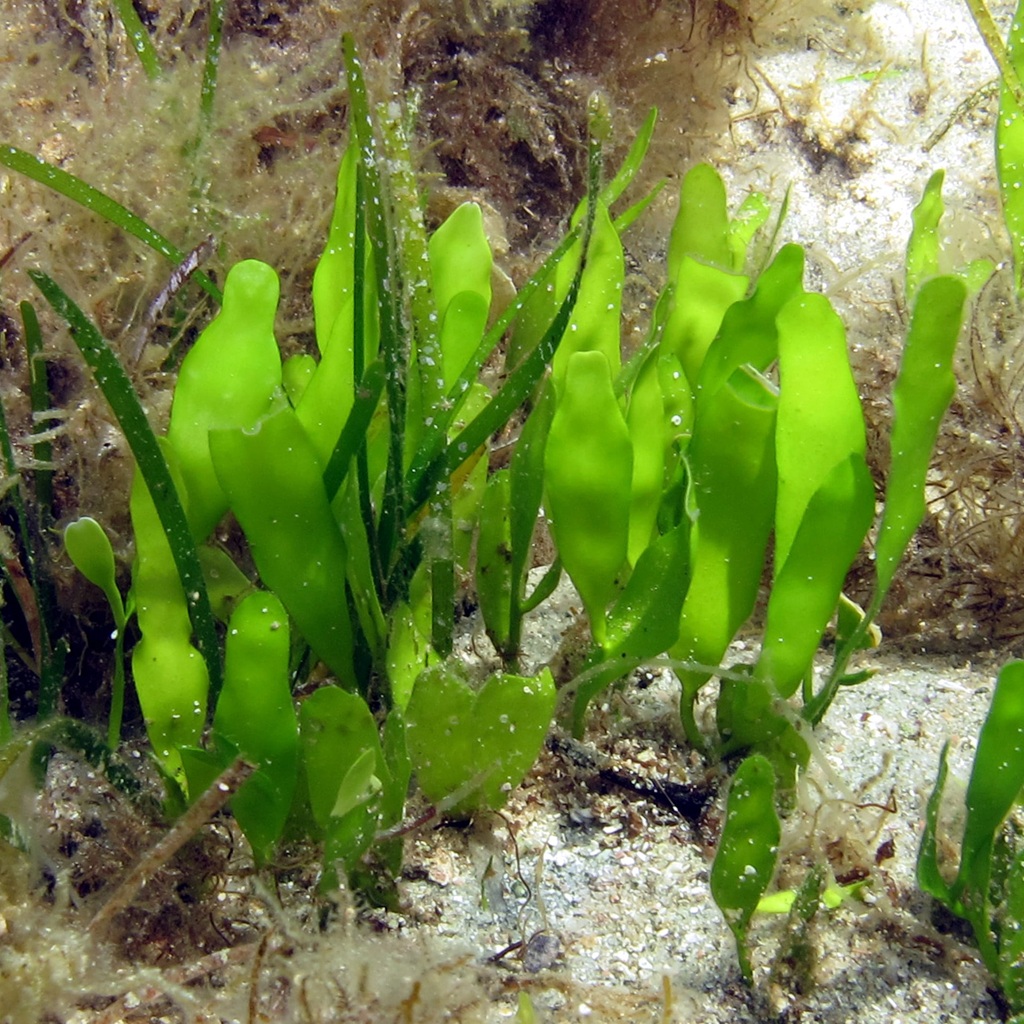Invasive species, particularly the algae Caulerpa prolifera, pose a significant threat to the ecosystem and local economy in San Diego. Discovered in September 2023 in San Diego Bay, this algae, native to Florida and other subtropical regions, can quickly spread and disrupt the bay’s delicate balance. The Port of San Diego is actively fighting against its spread, with emergency declarations and removal efforts underway.
Here’s a more detailed look:
Caulerpa prolifera in San Diego Bay: The algae, also known as “spotted seaweed” or “seaweed of the Mediterranean”, was first detected in a small area off Coronado Cays in September 2023.
Threat to the ecosystem: Caulerpa can rapidly outcompete native seaweeds, potentially harming marine life by reducing habitat and food sources.
Emergency Response: The Port of San Diego declared an emergency in response to the algae’s spread, and efforts to remove or cover it are ongoing.
Economic Impacts: The Port of San Diego highlights the potential for economic losses, similar to a previous Caulerpa outbreak in the Mediterranean Sea, which affected tourism and fishing.
Southern California Caulerpa Action Team (SCCAT): This team, involving multiple agencies, is leading the efforts to address the infestation.
Other Invasive Species:
Besides Caulerpa, other invasive plants like Yellow Star Thistle, Canary Island St. John’s Wart, and Fennel, and insects like the Shot Hole Borer, have also been identified as problematic in San Diego parks and natural areas.
Report Invasive Species:
Citizens can report sightings of invasive species using the EDDMapS (Early Detection and Distribution Mapping System) app or website.

Leave a Reply